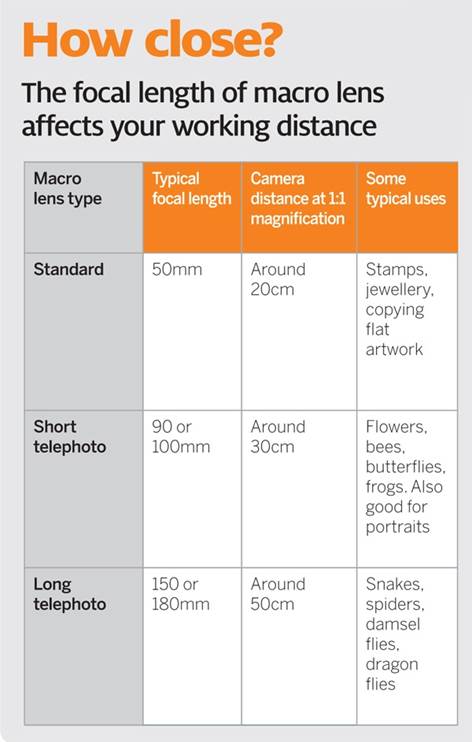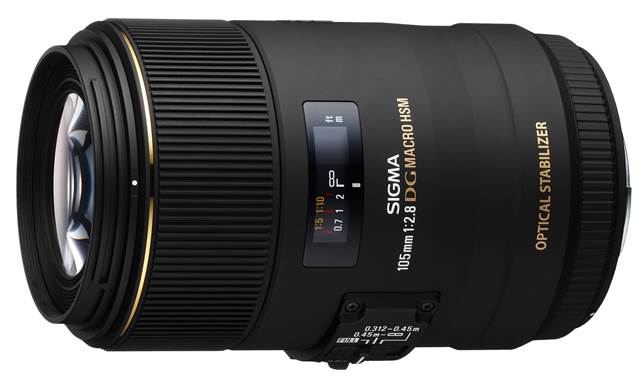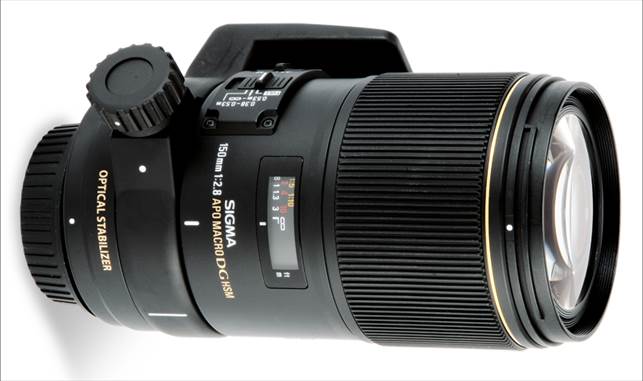Have you got the right X-factor? How much
magnification do you really need from your lens?
The official definition of a macro lens is that it should be
able to reproduce a life-sized image of an object on the recording medium – in
this case the image sensor. The great majority of lenses in this group can
achieve this requirement, delivering a 1.0x or 1:1 magnification ratio at their
closest possible focus distances.
You can get still get very impressive enlargements of small
objects, however, using a macro lens that only offers 0.5x (or 1:2) maximum
magnification. Among the lenses on test here, the Canon 50mm f/2.5 and Zeiss
100mm f/2 are both 0.5x macro lenses. Some telephoto zoom lenses, such as the
Sigma 70-300mm f/4-5.6 APO DG Macro, also offer a 0.5x magnification ratio,
whereas standard zooms, such as the Canon EF-S 18-55mm IS and EF-S 17-85mm IS
lenses, only deliver 0.34x (approximately 1:3) and a more disappointing 0.2x
(1:5) magnification respectively.
For a real boost in magnification, the Canon MP-E 65mm f/2.8
lens offers an incredible 5.0x or 5:1, revealing near-microscopic levels of
detail. The relative magnifications at each ratio are shown in this sequence of
pictures, and the table below explains the working distances.

The focal length
of macro lens affects your working distance
Sigma 105mm f/2.8 EX DG Macro
Much nearer the ‘classic’ 100mm macro focal length than
Sigma’s 70mm lens, this one also feels rather more refined. For example, while
both have a high standard of finish, the 105mm lens’s focus distance scale is
neatly tucked away behind a viewing window, and the manual focus ring is much
larger and more comfortable to use. The action of the focus ring is similarly
smooth and precise, as with the Sigma 50mm and 70mm lenses. Again, there’s a
focus limit switch, and the cut-off point of 40cm enables a good range of
travel in either the shorter or longer direction.

Sigma 105mm f/2.8
EX DG Macro
One curiosity is that Sigma has added a push-pull focus ring
mechanism to this lens, as featured on the Tamron 90mm and both Tokina macro
lenses. The idea is that you can push the focus ring forward to engage
autofocus, or pull it backwards to switch over to manual focus. The Canon-fit
version of this Sigma lens also has a separate AF/M switch on the barrel that
needs to be operated in addition, however, making the system counterintuitive
and more long-winded. The lens redeems itself in optical quality though, which
is very good in the f/2.8-22 range, but drops sharply at f/32 and plummets at
f/45.
|
Verdict
·
Price: $670 ·
For: Good build and optical quality, great manual focus
precision ·
Against: Switching from autofocus to manual is a fiddly
two-step task
|
Sigma 150mm f/2.8 EX DG HSM Macro
Sigma really ups its game with this 150mm macro lens. Unlike
the other Sigma lenses in the group, focusing is fully internal so the overall
length of the lens doesn’t extend as you focus from infinity down to the
shortest distance of 38cm. Autofocus is practically silent and surprisingly
fast, thanks to Sigma’s HSM (Hypersonic Motor) actuator. Like the Canon USM
system featured in all but the EF 50mm lens in this group, it also has
full-time manual override.

Sigma 150mm f/2.8
EX DG HSM Macro
The large focus ring has a smooth and highly precise action,
without the confusing two-stage auto/manual focus switching of the Sigma 105mm
lens. There’s also a 3-position focus limit switch that’s more refined than that
on the other Sigma macros tested here, labelled Full, 0.52m- infinity and
0.38-0.52m.
With a maximum aperture of f/2.8, the Sigma 150mm is a
little faster than Canon’s or Tamron’s 1 80mm f/3. 5 lenses. The Sigma’s widest
aperture is great too, with excellent sharpness in the corners of the frame. There’s
superb optical quality through the whole range to its minimum of f/22, and it’s
ideal for extra telephoto reach plus full 1.0x macro potential.
|
Verdict
·
Price: $1,100 ·
For: Top image quality and handling, with smart HSM autofocus ·
Against: Quite pricey but it’s definitely worth the money
|